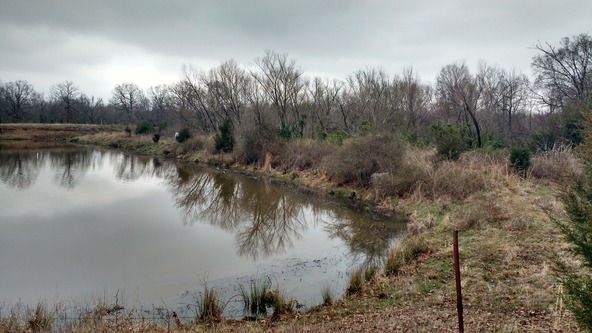
- All dam inspections and Emergency Action Plan (EAP) reviews/updates must be completed by December 31, 2024.
- Inspection reports and review fees submitted after December 31, 2024, or more than 30 days following the field inspection, will incur a late fee of $50.
- Inspection reports and review fees submitted after January 31, 2025, may be subject to administrative penalties of up to $500 per day for each violation.
- Please review your 2023 inspection review letter for additional deadlines, and ensure that you submit any required documents by those specified dates.
- Payments for the dam inspection report review and administration fees can be made via:
Please contact us if you have any questions.
Dam Inspection Frequency
Periodic inspections of dams must be conducted in accordance with their hazard potential classifications, as outlined below:

Dam Safety Inspection Requirements
Inspection reports will be classified as incomplete and returned for corrections if they do not meet the following criteria:
Conducted by a Qualified Person:
A qualified person is defined as a “Registered Professional Engineer hired by the owner who is licensed in the state of Oklahoma and shall have training and/or experience concerning the analysis, design, and/or construction of dams and reservoirs, or by an engineer of any United States governmental agency acting in his/her official capacity”.
Compliance with Minimum Standards:
As part of compliance with dam safety regulations, please remember the following key requirements for inspection reports:
-
OWRB Dam Inspection Checklist: The most recent version of the Oklahoma Water Resources Board (OWRB) Dam Inspection Checklist must be included with every inspection report. Ensure that every component of the checklist is completed, including:
- Appropriate condition ratings
- Descriptions of noted deficiencies
- Contact information for both the owner and the engineer
-
FEMA Condition Assessment Definitions: All inspection reports and checklists should follow the latest FEMA Condition Assessment Definitions, as accepted by the National Dam Safety Review Board.
-
Documentary Photographs: Documentary digital photographs are an essential part of your inspection report. Please ensure the following:
- Photographs should be in color, labeled, and dated.
- Include images of:
- The dam (upstream slope, crest, and downstream slope)
- Principal spillway inlet and outlet structures
- Auxiliary spillway
- Any potential safety concerns
-
Plan of Corrective Actions: If deficiencies are identified in the inspection report, a Plan of Corrective Actions must be developed. This should be presented in a table/timeline format, detailing:
- Each identified deficiency
- Planned remediation strategies
- Expected timelines for completion of remediation
Review of Emergency Action Plan and Operation and Maintenance Plan:
Inspection reports should incorporate a review of the Emergency Action Plan and the Operation and Maintenance Plan to ensure they are current and applicable Any changes in downstream development or other relevant conditions that may impact dam safety should also be identified.
Annual Emergency Action Plan (EAP) Review
Owners of existing or proposed dams classified as high hazard potential are legally required to create and maintain an EAP.
An Emergency Action Plan (EAP) is a formal document that identifies potential emergency conditions at a dam and specifies preplanned actions to be followed to minimize property damage and loss of life in the event of a dam failure. Regular review and updating of the EAP are essential to ensure its effectiveness and to reflect any changes in conditions or operations.
 Dam breach, Source: OWRB
The OWRB Emergency Action Plan Guidelines for High-Hazard Potential Dams includes a description of all six elements of an EAP. A fillable EAP template can be used when creating or updating EAPs.
In addition to containing accurate and up-to-date information, EAPs must also include:
- A signature page that verifies all involved parties have received copies of the document. This is crucial for ensuring that everyone is prepared to respond appropriately in the event of a dam failure.
- Current and accurate information to facilitate effective emergency responses.
For more information, please refer to the Association of State Dam Safety Officials (ASDSO) Emergency Planning video.
Operation and Maintenance (O&M) Plan
 Lack of maintenance, Source: OWRB
The OWRB strongly recommends that dam owners develop comprehensive Operation and Maintenance Plans. These plans should clearly outline specific maintenance tasks essential for the proper functioning of the dam, along with the anticipated frequency of each maintenance activity to ensure consistent and effective upkeep. Implementing such a plan is vital for enhancing safety and extending the lifespan of the dam.
For additional information on preparing an Operation and Maintenance Plan, please refer to the ASDSO Developing Operation and Maintenance Manuals for Dams (2014) video.
Register for a Dam Safety Training
|